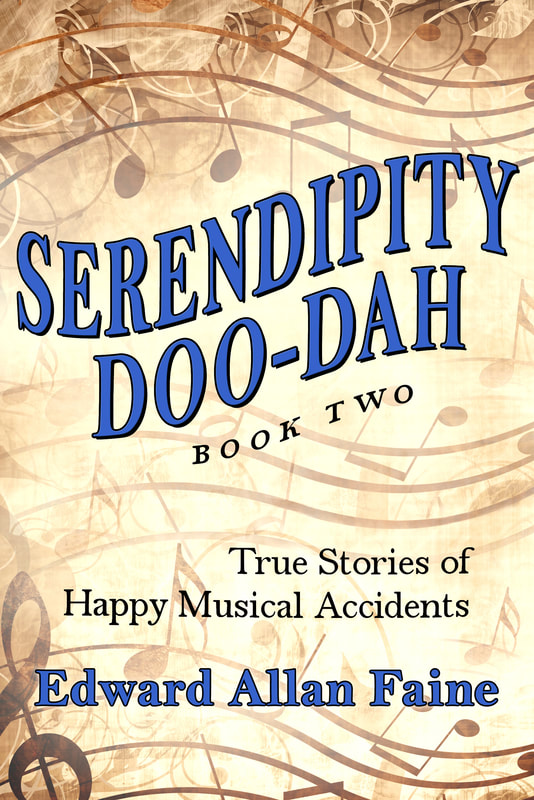
From the start, Ellington’s orchestra was an iconoclastic concert orchestra. But we must not forget it was also a dance band and remained so throughout its existence. Many of the songs on New York are either programmatic or country club dance numbers: rumba, swing, businessman’s bounce, and rock. But then, in addition to “Alerado” and “Afrique,” there are three outstanding tracks that should appeal to every jazz aficionado.
“Rext”
The highlight of the album is a simple blues called “Rext.” It starts slowly. Bassist Joe Benjamin and tenor man Paul Gonsalves exchange a few hesitant notes before drummer Rufus Jones ticks off the beat on high hat and ride cymbal. Pianist Duke makes an appearance, punctuating the proceedings with a few choice chords. The established rhythm, once locked in place, becomes more forceful, encouraging the saxophonist to elocute in a more substantive manner, moving from short poetic jabs to full sentences and paragraphs. Duke becomes more active, laying down his trademark percussive chords as Wild Bill Davis kicks things forward with strategically placed chords of his own on Hammond B3 organ.
Not one to sit still, Harry Carney follows with a Kansas City riff on his baritone saxophone, spurring prime soloist Gonsalves—it’s his show after all; the rest are supporting cast—to even greater rhythmic exploits on his R&B, Jazz at the Philharmonic—call it what you want—swinging jazz horn. The rest of the band is heard from, sax section first, then the brass, the whole band swinging away behind the nonstop melodic inventions of saxophonist Gonsalves. The curtain comes down accompanied by a full orchestral scream.
It’s Newport 1956 all over again. Well, almost. No exuberant shouts of encouragement from the leader. No Jo Jones at the edge of the stage whopping a rolled-up Wall Street Journal to the insistent beat. No blonde in a black cocktail dress dancing in the aisles. No hollering audience members standing on their chairs or rushing the stage. No crowd noise building, building, building to a crescendo. Only Paul Gonsalves wailing away chorus after chorus on his tenor saxophone as if nothing had changed since that long-ago summer night in Newport—not 27 consecutive choruses, mind you, but close enough.
“Rext” was the last tune attempted on the day the New Orleans Suite was recorded (all movements but the “Portraits”). According to Stanley Dance, “Rext” was abandoned after three takes. Whatever the number was intended to be, it didn’t make the cut on the completed album or the completed suite.[2] However, it’s not much of a stretch to assume that the Gonsalves tour de force was simply inconsistent with the album’s concept, and dropping it had nothing to do with its musicality. Conceptually, it belongs on an album titled something other than New Orleans, perhaps Detroit or Cleveland—or how about New York, New York?
“Second Line”
Another winner is “Second Line,” the seventh movement of the New Orleans Suite. Duke no doubt intended “Line” to be an orchestral evocation of a Crescent City marching unit on its way back from a burial ceremony with a line of celebratory dancers in tow. As Stanley Dance wrote in the Suite liner notes, “the main role falls to Russell Procope, whose clarinet embellishes the ensembles in a distinctive but traditional [N’Awlins] manner. The wa-wa trombone work of Malcolm Taylor falls short of the dueling trombones of Booty Woods and Julian Priester on the original recording, as does the Dixie ride-out interlocking weave of Procope’s clarinet and Cootie Williams trumpet.”[3] Nonetheless, a worthy overall effort.
“Mood Indigo”
The “Mood Indigo” theme is sketched by three clarinets: Russell Procope, Harold Ashby, and Harry Carney (bass clarinet). The 40-year-old tune sounds as it always has, eerily out of this world. Procope takes the first solo before trombonist Tyree Glenn, back with the band for a spell, and, perhaps the reason for this stockpile workout, takes his slice of the moody pie. Harold Ashby switches to tenor for a chorus, and then trumpeter Johnny Coles takes a solo before Glenn returns to play a counter-melody over the theme, again essayed by the three clarinets. A good outing by everyone on an old chestnut.
- “Alerado” and “Afrique” on New York are both take two from the Groenland CD.
- Liner Notes, Stanley Dance, Duke Ellington New Orleans Suite, Atlantic Masters 81227 3670-2, 1971, CD.
- Ibid.



 RSS Feed
RSS Feed